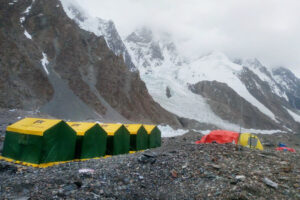Next step: spectroscopic fingerprint of atmosphere.
K2 – a re-born version of NASA’s Kepler Space Telescope – has found a star (EPIC) about half the size of our own sun with three planets only slightly larger than Earth.
The outermost planet orbits Epic in the “Goldilocks” zone, far enough from its host star that it receives levels of light similar to those received by Earth from the sun.
Extrasolar planets are discovered by the hundreds these days; many are the size and temperature of Earth and some appear to be made of the same materials, mostly rock and iron. But many are enveloped by thick, hydrogen-rich atmospheres, while Earth has a thin atmosphere made of nitrogen and oxygen.
EPIC is close enough for astronomers to study the planets’ atmospheres and determine whether they are like Earth’s and possibly conducive to life.
The next step will be to use the Hubble telescope to take the spectroscopic fingerprint of the molecules in EPIC’s planetary atmospheres. If these warm, nearly Earth-size planets have puffy, hydrogen-rich atmospheres, Hubble will see the telltale signal.
Most planets found to date are scorched but this latest system is the closest star to us with lukewarm transiting planets, the outermost of them possibly rocky like Earth with the right temperature to support liquid water oceans.
One in five sun-like stars in the Milky Way Galaxy have Earth-size planets in the habitable zone. Accounting for other types of stars as well, there may be 40 billion such planets galaxy wide.






